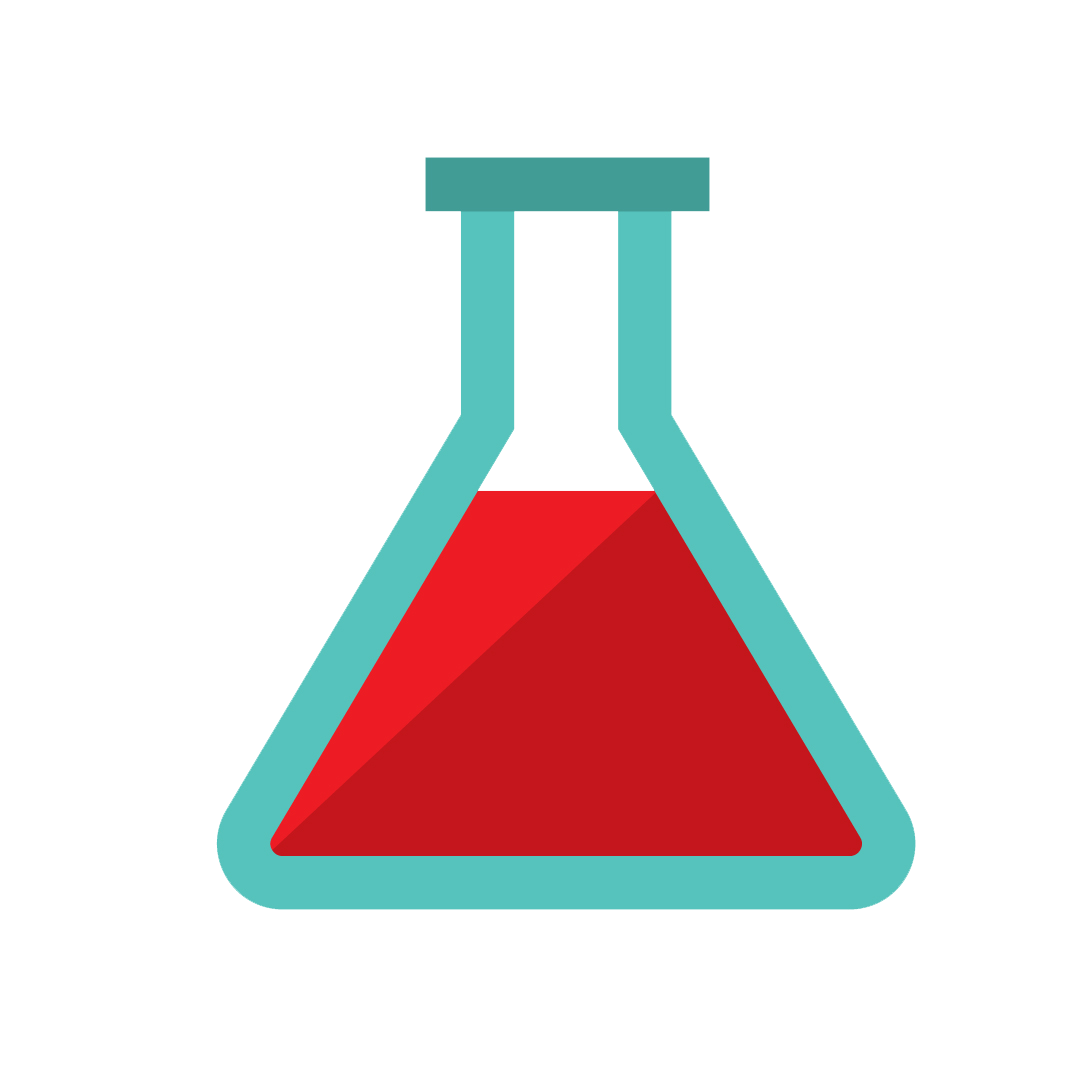Genotyping red blood cells can make transfusions safer for patients with sickle cell disease

In a new study, a research team that includes experts from Canadian Blood Services and the McMaster Centre for Transfusion Research showed that genotyping red blood cell (RBC) proteins could help make transfusions safer for patients with sickle cell disease.
Blood transfusions can be a life-saving treatment for patients with sickle cell disease, an inherited blood disorder that causes RBCs to become sickle- or crescent-shaped. But transfusion comes with risks: if donor RBCs have proteins that are not found on the patient’s RBCs, the patient’s immune system attacks the donor’s foreign RBC proteins through a process called alloimmunization. Alloimmunization can lead to adverse patient outcomes and—for reasons that aren’t well understood—patients with sickle cell disease are far more likely to become alloimmunized after transfusion compared to other patients. That’s why it’s important to make sure the blood they receive through transfusion is well matched. In other words, it’s crucial to ensure that the blood patients with sickle cell disease receive through transfusion doesn’t contain foreign RBC proteins.
The research team looked at whether genotyping a patient’s RBC proteins can improve our ability to find compatible blood for transfusion if it detects variations in RBC proteins that aren’t picked up by traditional serological strategies. They found that for most of the patients, genotyping revealed important differences, such as variant or rare proteins. These differences can provide transfusion medicine physicians with valuable information they can use to find the most compatible blood for their patients with sickle cell disease.
Their findings suggest that genotyping has the potential to improve transfusion safety for patients with sickle cell disease. Lead author Dr. Andrew Shih says that large-scale genotyping of donors is feasible and has already been proven to be clinically successful in identifying other blood protein variants. “The benefits of genotyping for this patient group can be life-saving,” says Dr. Shih. “Our study supports the use of genotyping as a complement to serological phenotyping and helps ensure clinicians are aware of the risks of alloimmunization.”
To learn more about the study, read our Research Unit.
For more information about phenotype matching for patients with sickle cell disease, see:
-
Canadian Blood Services’ publication, Phenotype matching and storage age of blood for sickle cell patients: A review and recommendations for transfusion practice, on the Professional Education website:
-
The International Collaboration for Transfusion Medicine Guidelines’ (ICTMG) systematic review and guideline on red blood cell specifications for patients with hemoglobinopathies.
Canadian Blood Services – Driving world-class innovation
Through discovery, development and applied research, Canadian Blood Services drives world-class innovation in blood transfusion, cellular therapy and transplantation—bringing clarity and insight to an increasingly complex healthcare future. Our dedicated research team and extended network of partners engage in exploratory and applied research to create new knowledge, inform and enhance best practices, contribute to the development of new services and technologies, and build capacity through training and collaboration. Find out more about our research impact.
The opinions reflected in this post are those of the author and do not necessarily reflect the opinions of Canadian Blood Services nor do they reflect the views of Health Canada or any other funding agency.